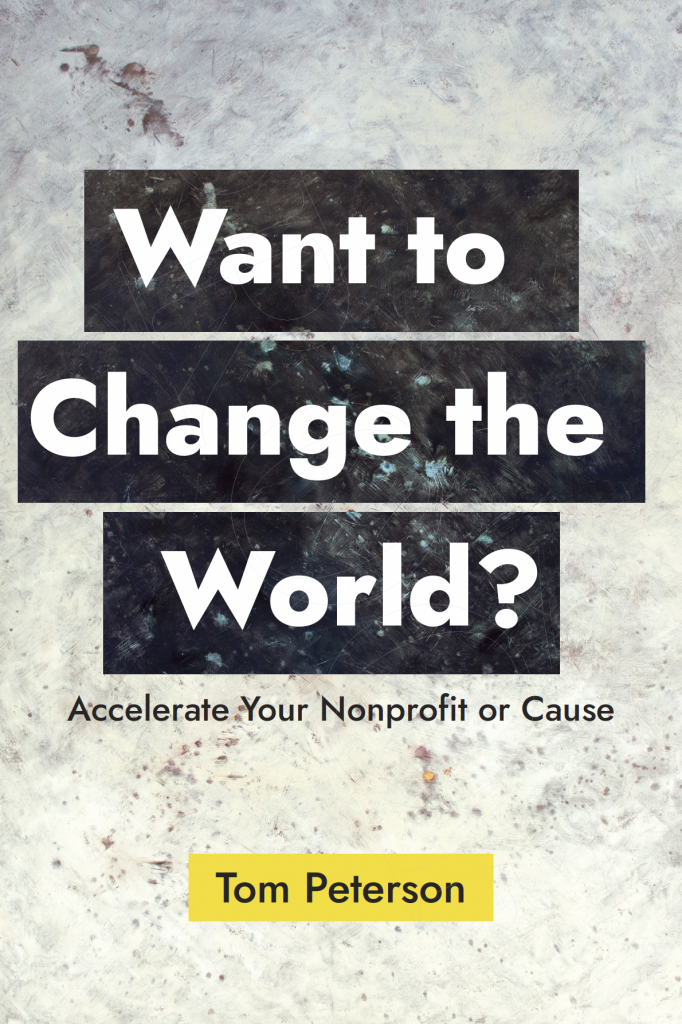
Reframe Problem s Challenges
Reframe problem. Coming up with a great solution to the wrong problem may feel good, but it can send you down a rabbit hole that wastes time and energy. Get a better solution when you reframe the problem. In his Harvard Business Review article “Are You Solving the Right Problems?”, Thomas Wedell-Wedellsborg offers helpful ways to approach challenges. He describes the “slow elevator” example in which frustrated tenants complain to a building’s owner that the elevator is too slow and they spend a lot of time waiting. Some even threaten to leave.
According to Wedell-Wedellsborg, if the frame is “The elevator is too slow,” the “solution space” for this is “make the elevator faster.” So possible solutions include replacing the elevator, getting a stronger motor, or improving the algorithm. Instead of these costly solutions the building owner installed mirrors next to the elevators. Why? The challenge was reframed from “the elevator is too slow” to “the wait is annoying.” This opened an entirely different set of solutions: put up mirrors, play music, install a hand sanitizer.
Tina Seelig: Innovation Demands Focus and Reframing
Thomas Wedell-Wedellsborg on reframing to solve the right problems
7 Ways to Reframe Your Challenges

Flip from the negative to the positive
Simply shifting a problem to a challenge or opportunity creates a different attitude with very different solutions. Think of Positive Deviance, Appreciative Inquiry, Asset Mapping.

Frame-storming
Instead of starting with brainstorming solutions to a problem, start by exploring different ways to reframe problems, or what Tina Seelig calls “frame-storming.” Asking the best questions is key to good outcomes. A brainstorm on how to plan a birthday party will give you a certain set of results, says Seelig. But if you ask, “How do we plan a birthday celebration?” you’ll get different kinds of ideas. And asking, “How do we make that day memorable or special?” will create yet another set of ideas.

Ask Why? to reframe problems
You think you know what you want to accomplish, but why do you want to do that? Like the annoying toddler, ask why. Then ask why to that answer. Again, and again. As many times as it takes. Many whys in, you may land on a better way to approach your challenge. Watch this 5-Whys Video.

Most important challenges are complex, and trying to solve a big one in one big bite can be overwhelming. Can your challenge be reframed into a number of smaller challenges? In the spirit of kaizen (small incremental improvements), ask, what are a bunch of small things that can happen to move you toward the goal? Often, groups can list small solutions that could be put into practice immediately without getting anyone’s permission.

Think of limitations as aids to creativity
Innovators are almost always underfunded relative to their challenge. Explore how having limited resources, while inconvenient, can actually help you move mountains with small inputs.

Challenge Authority

Look at the larger picture
Zoom out. Then zoom out farther. What are you trying to achieve? Step back to understand the context, the bigger questions. Jeff Speck, author of Walkable City, suggests how we can shift our questions about transportation and city design:
Small brain: How many cars can we move?
Big brain: How many people can we move?
Galactic brain: Why do we need to move people? Put their daily needs close at hand.
Podcast: Invisible Solutions: 25 Lenses that Reframe...
Author Stephen Shapiro talks about asking better questions. Invisible Solutions: 25 Lenses that Reframe and Help Solve Difficult Business Problems.
Podcast: Reframing your Problems, with Thomas Wedell-Wedellsborg
Podcaster Greg McKeown talks with Thomas Wedell-Wedellsborg about why before focusing on the solution, we should focus on the problem. 23 min.

What's Your Problem: To Solve Your Toughest Problems, Change the Problems You Solve

InGenius: A Crash Course on Creativity
New Book from Tom Peterson

